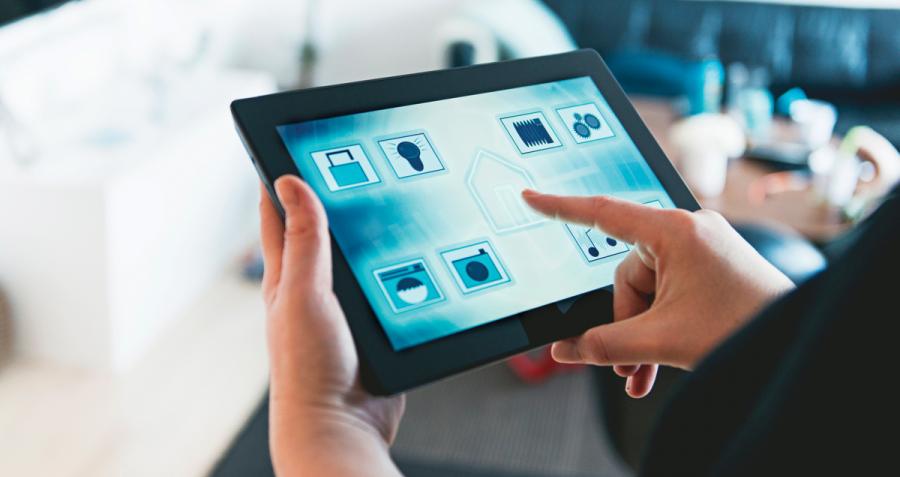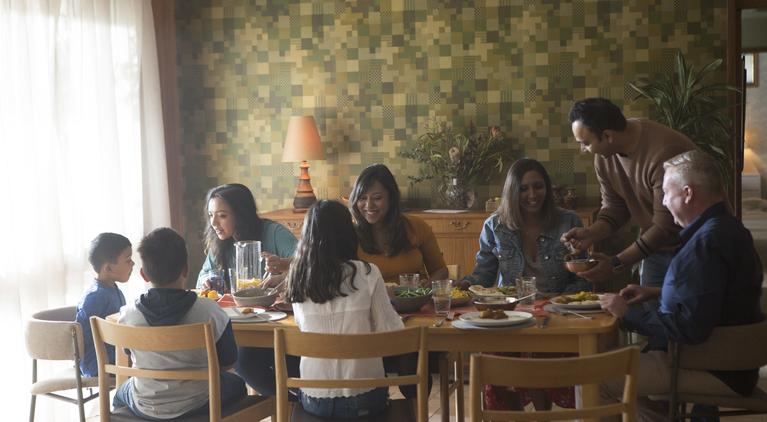Fridges that connect to the internet. Blinds that automatically open when it’s time to wake up. Music systems that serenade you in the bath, or the kitchen, or the garden. They’re just some of the technological gizmos that are becoming commonplace across Australia as people embrace the so-called “smart revolution” in their homes.
Some of this equipment can be remote-controlled, but much of it still requires old-fashioned cabling. And as the number of “smart” items in our homes increases, so does the amount of wiring required. This is why technology providers are urging people who are building new dwellings (or renovating existing ones) to invest in smart wiring, otherwise known as a structured cabling system.
Simple and central
“It’s not rocket science,” says Frank Gergelifi, operations manager at Smart Home Solutions, one of Australia’s largest installers of structured cabling systems. “It’s simply wiring everything in the home back to a central location using high-quality cables.”
As technology hurtles forward, operating our growing number of household electrical devices from one central location can be a means of maintaining control over the home environment. “People are looking for simplicity,” says Gergelifi. “And simplicity is achieved through the centralisation of all your systems.”
For families, this can make it easier to share services such as Foxtel, Gergelifi explains. “If you create a central hub, you can distribute your services – like pay TV or the NBN – from that hub,” he says.
Future focused
It can also prevent upgrade headaches. “A smart wiring system gives you flexibility and expandability,” Gergelifi says. “You’re prepared for anything that you might want to do five or 10 years down the track because the wiring has been well laid and is easily accessible.”
With power and data flowing to and from a central hub, it is possible for owners of smart-wired homes to purchase advanced remote controls – such as those made by home-automation systems manufacturer Crestron – or use a tablet such as an iPad to control every appliance in the house.
A smart-wiring technician can install a computer control panel at your wiring hub, then use software to connect that computer wirelessly to a remote control. Hotels are increasingly adopting these advanced remote controls as a means for guests to adjust air conditioning, televisions and more from a single device.
Internet everywhere
The other big advantage of smart wiring is being able to connect all your appliances to the internet efficiently. “The majority of technology in homes these days will have some sort of internet connectivity,” says Gergelifi. “It’s similar to your smartphone: it periodically needs to connect to the internet to upgrade its software.”
You could connect each appliance to the internet via wi-fi. “But a wired connection will always be more reliable than a wireless connection,” Gergelifi says. “It is also far more secure.”
Home technology is set to advance rapidly in the years ahead, and Gergelifi says smart-wiring can future-proof dwellings for decades. “When the structured cabling system is designed properly and the infrastructure is in place, you can achieve just about anything you want,” he says.
Smart wiring is just one part of getting ready for your new energy future and by finding ways to save on your energy bills you can not only work smarter but more efficiently, too.




